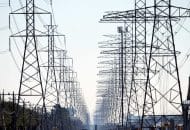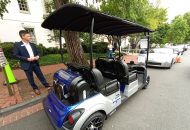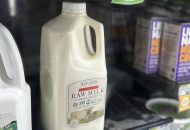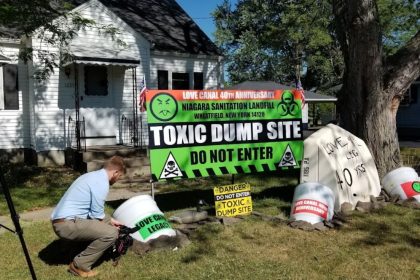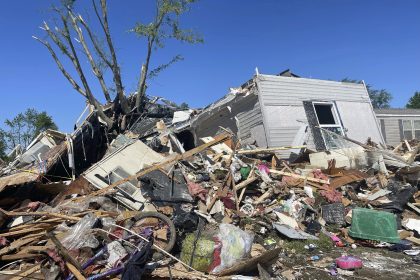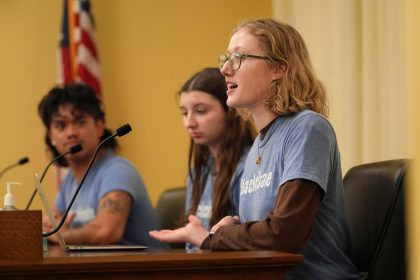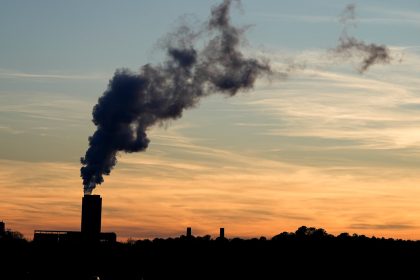Environmentalists Say Chesapeake’s Blue Crab Population Healthy Despite Significant Drop
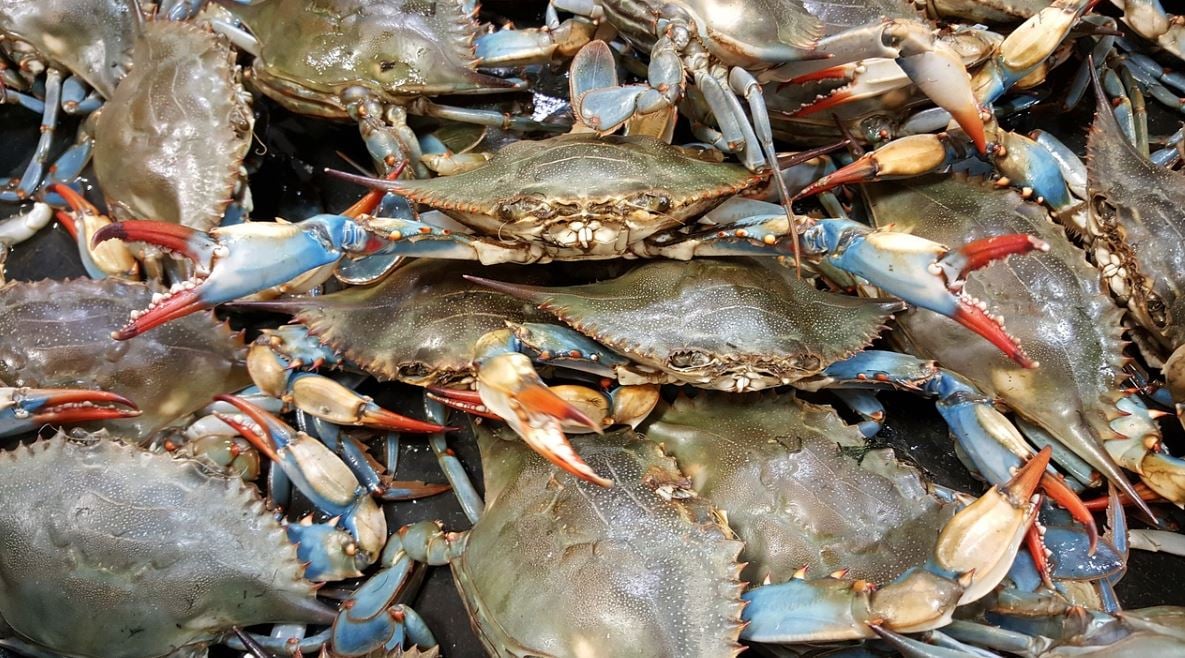
The Chesapeake Bay’s blue crab population is going strong despite shrinking significantly this year, according to a report issued last week by the Chesapeake Bay Foundation.
The environmental watchdog found no signs of overfishing in the bay in 2020, though the number of blue crabs decreased from 594 million last year to 405 million, a more than 30% drop.
Experts say the fluctuation is normal, and doesn’t pose a threat as long as the number of spawning-age female crabs — a key metric to determine the population’s growth potential — remains above a healthy limit.
“While there are some expected fluctuations, our collective management efforts continue to enable the population to stay resilient and sustainable,” said Jeannie Haddaway-Riccio, secretary of Maryland’s Department of Natural Resources. “Maryland blue crabs remain an iconic part of our heritage and our environment.”
At the start of crabbing season in April, there were roughly 141 million spawning-age females in the Chesapeake, well above the “abundance” threshold of 70 million crabs, the annual report said.
Last year, the survey found that the prized crustaceans — a local favorite for seafood enthusiasts – -had reached their most abundant levels in seven years, with more than 190 million spawning-age females.
The blue crab population is known to be fickle as the animal relies on favorable maritime conditions to successfully reproduce each year between May and October.
After mating in the middle of the Chesapeake, female crabs release their offspring at the mouth of the bay. The tiny larvae, known as zoea (zow-ee-uh), are then carried out to the Atlantic Ocean where they molt several times before making their way back.
Their return to the Chesapeake is heavily dependent on optimal currents, temperatures, and winds, which don’t happen every year.
In 2013, Maryland reduced the commercial harvest of female blue crabs by 10% after biologists found that the Chesapeake’s crab population had reached a five-year low. The population has since rebounded.
Researchers say that climate change could have a positive impact on the Chesapeake’s blue crab population. A 2019 study found that rising water temperatures could help more crabs survive the winter, leading to a blue crab “baby boom” by the year 2100.
Blue crabs spend the winter burrowing in the bay’s muddy floor, but many younger crabs don’t survive the colder temperatures. The study predicted that the length of winter in the Chesapeake Bay would be cut in half by 2100, which could result in 20% more crabs surviving the season.
The overwintering mortality rate in 2020 was the lowest ever observed, with only 0.36% of all crabs not making it through the winter.
Commercial fishermen harvested 61 million pounds of blue crabs across the bay’s tributaries and the Potomac in 2019, a slight increase from the previous year.
Recreational crab fishing is allowed in the bay, though it is illegal to harvest female crabs and crabbers must observe strict size regulations.
To measure the population density of blue crabs, biologists from Maryland’s Department of Natural Resources and Virginia’s Institute of Natural Resources use fishing “dredges.” The specialized nets allow researchers to pluck the crabs from the bay’s muddy floor.
“Our ever-improving knowledge of the science guiding blue crab management — coupled with conservative female management measures and accountability — continue to allow us to maintain a sustainable fishery, both ecologically and economically,” said Marty Gary, executive director of the Potomac River Fisheries Commission.











